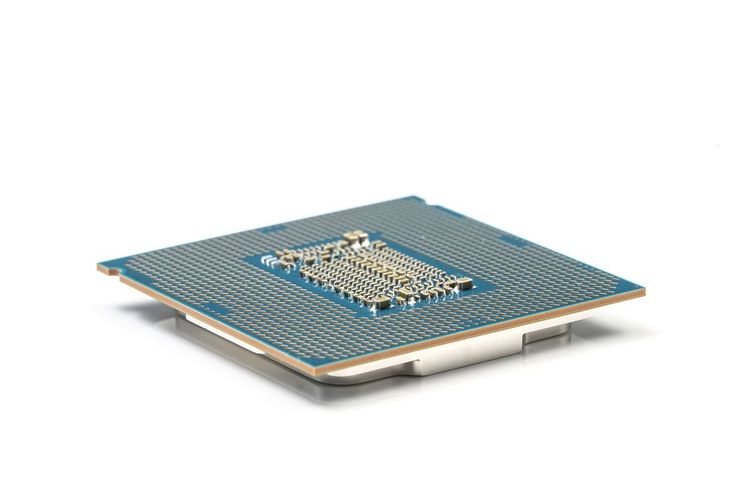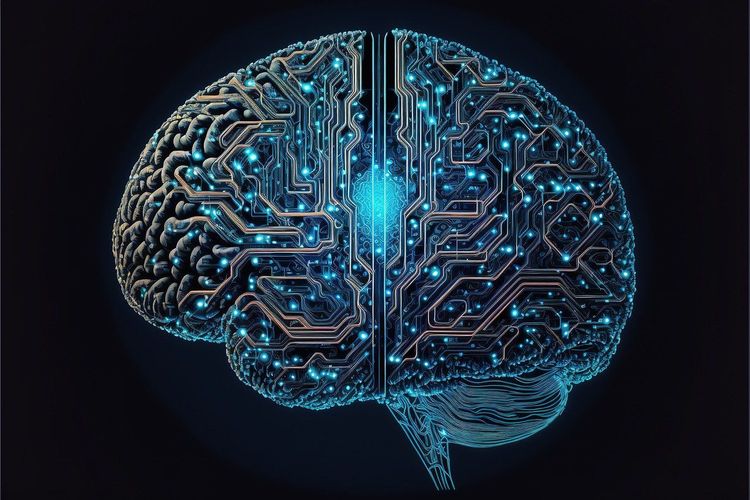Sora's Approach to Complex Visual Content: Unveiling the Secrets of Spatiotemporal Patching
Most people like

In today's digital landscape, effective keyword research and strategic content planning are essential for driving organic traffic and enhancing your online presence. By streamlining these processes, you can focus on generating high-quality content that resonates with your audience and improves your search engine rankings. Discover how to simplify your keyword strategies and align your content to meet your business goals while maximizing engagement.

Discover a secure and private space for engaging discussions. Join like-minded individuals and share your passions without any worries.

WordAi is an advanced AI-driven text rewriter designed to enhance your content through effective sentence restructuring and text enrichment. By transforming your writing, WordAi helps you create more engaging and polished material, ensuring it resonates with your audience while also optimizing for search engines.
Find AI tools in YBX




